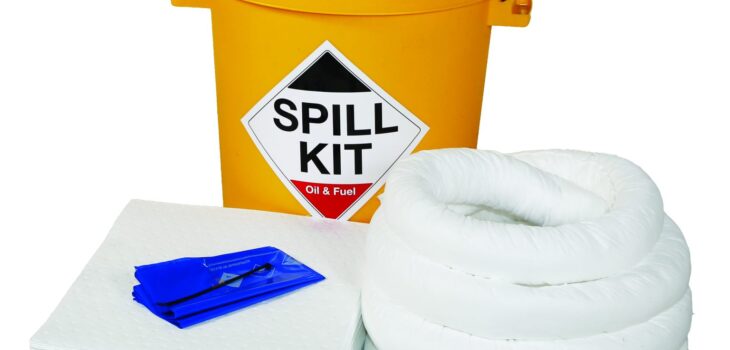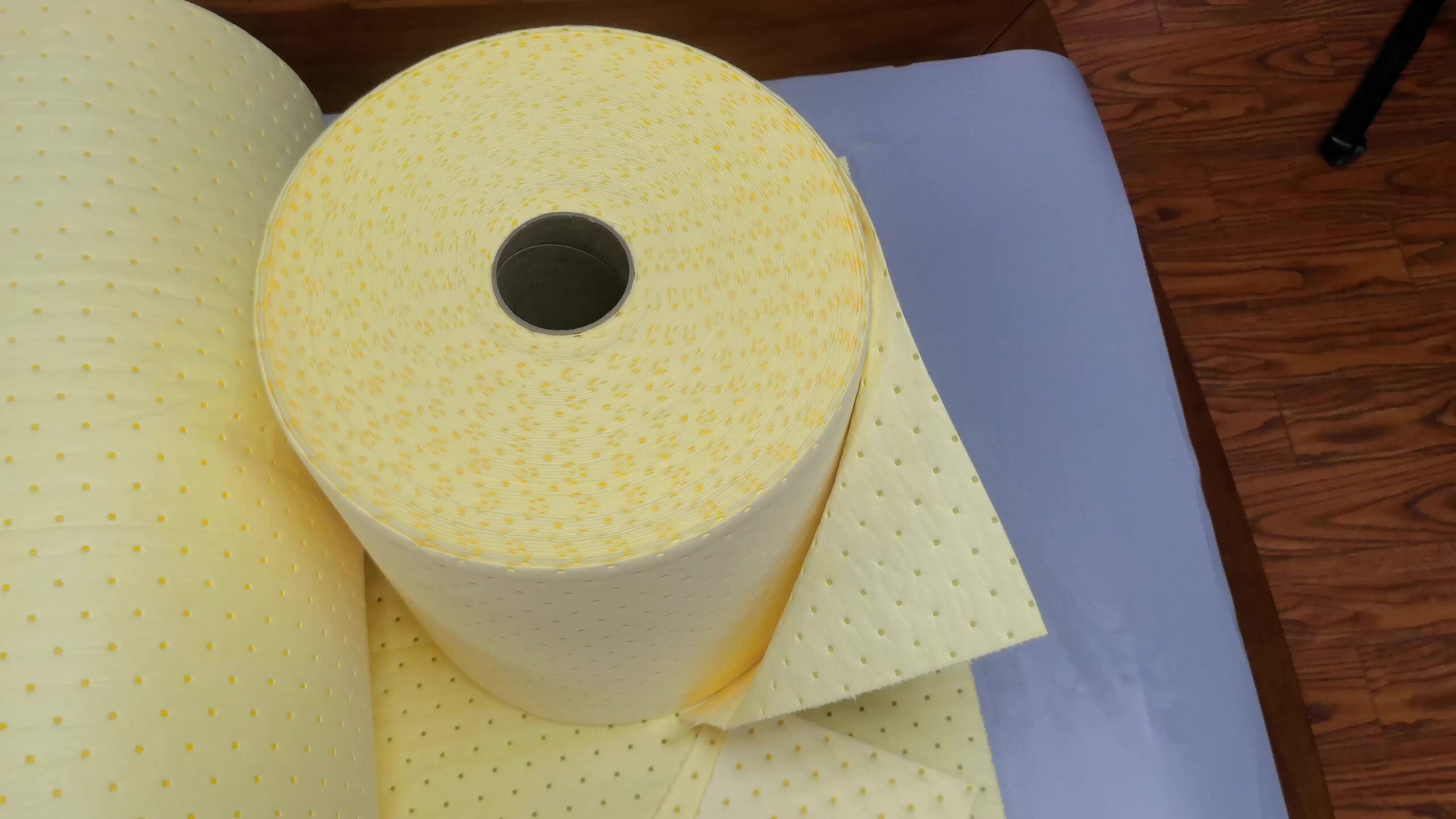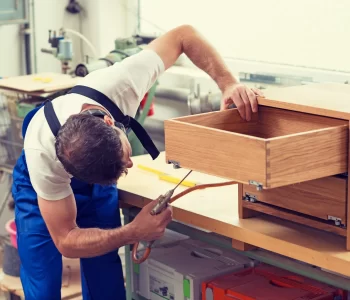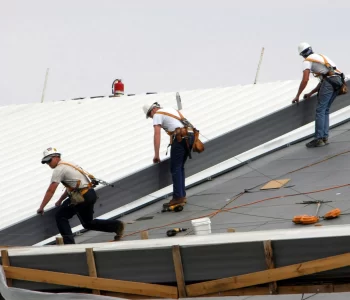 Business
Business
How to Handle Workplace Spills Efficiently? A Complete Guide
Every workplace can face unexpected spills. From water on the office floor to hazardous chemicals in a warehouse, spills can happen anywhere and at any time. These spills are not just messy but also dangerous. A wet floor can lead to slips and falls. Meanwhile, chemical spills can damage property and cause health issues.
Many workplace accidents start from small spills that are not cleaned up properly. You can invest in spill kits to contain and absorb spills at your workplace. However, only doing this is not enough. You must know how to handle workplace spills efficiently.
When you have a clear plan, you can protect your staff, maintain safety, and avoid costly mistakes. In this guide, we’ll walk you through each step you need to take to handle spills quickly and responsibly.
A Stepwise Guide to Handling Workplace Spills
Step 1: Stay Calm and Assess the Situation
When a spill happens, your first reaction might be to panic or rush to clean it up. However, it’s not the right approach. You should stay calm and take some time to understand the situation. You should check if the spill is water, oil, or chemical. After that, you need to notice how quickly it’s spreading.
You should also check if there are any risks of slips, fire, or harmful fumes. By assessing the situation carefully, you avoid rushing in and making things worse. Always remember that your safety comes first. Never try to handle a spill if you are unsure about the risks associated with it.
Step 2: Inform Others and Block the Area
Once you’ve assessed the situation, the next thing to do is to inform others about it. This helps prevent accidents. If you’re in a busy area, quickly inform nearby colleagues and ask them to keep away. If possible, place warning signs around the spill to block the area.
If you don’t have proper signs, using a chair or tape can help you. Your primary goal is to stop people from stepping into the area and slipping or getting hurt. If it’s a chemical spill, open windows to maintain airflow and call the safety office immediately.
Step 3: Identify the Type of Spill
Before you clean anything, it’s important to know what kind of substance has been spilt. Different types of spills need different methods to clean them up safely. For example, cleaning up water or juice is different from cleaning up oil, fuel, or chemicals. You should look for labels on bottles or containers nearby to identify the substance.
If it’s a chemical, check the safety data sheet (SDS) for instructions on how to handle it. Avoid using any random thing to contain the spill, as it can react with chemicals, leading to some serious consequences. When you know what you’re dealing with, you can choose the right equipment, cleaning products, and protective gear.

Step 4: Wear the Right Protective Equipment
Some spills can be harmful to your skin, eyes, or lungs. Therefore, you should wear proper personal protective equipment (PPE) before starting any cleaning. This often includes gloves, goggles, a mask, and a protective apron. You may also have to use additional gear, based on what was spilt.
Never try to clean a chemical or oil spill with your bare hands. Using PPE not only protects you from injury but also ensures that the clean-up process goes smoothly. You should always keep PPE and a spill kit nearby in areas where the risks of spills are higher.
Step 5: Contain the Spill
Your next job is to stop the spill from spreading. You can use different materials to handle it, including:
Spill Pads: They are absorbent sheets designed to soak up oils, chemicals, or water. They’re easy to place around spills and are perfect for quick, efficient containment and clean-up.
Absorbent Rolls: An absorbent roll is a long and continuous sheet used to cover large spill areas. You can cut the needed size easily. These rolls are ideal for workshops and warehouses to control the spread.
Sand: It is a simple, traditional spill containment material. It absorbs liquids and prevents spread, especially outdoors. It’s useful for oil or fuel spills on rough surfaces.
Using this material can stop the liquid from reaching electrical outlets or other sensitive areas. Containing the spill early makes it easier to clean up and reduces the risk of further damage.
Step 6: Clean Up and Disposal
Once the spill is contained, begin cleaning it up using suitable tools. For water or drinks, you can use a mop or towels. For oil or chemical spills, use absorbent materials designed for that purpose. Once done with the cleanup, dispose of all the materials properly. Avoid dumping them anywhere as it can contaminate the environment.
Now, you can easily handle workplace spills, as you know what to do. Make sure you implement some preventive measures to avoid further problems in the future.









